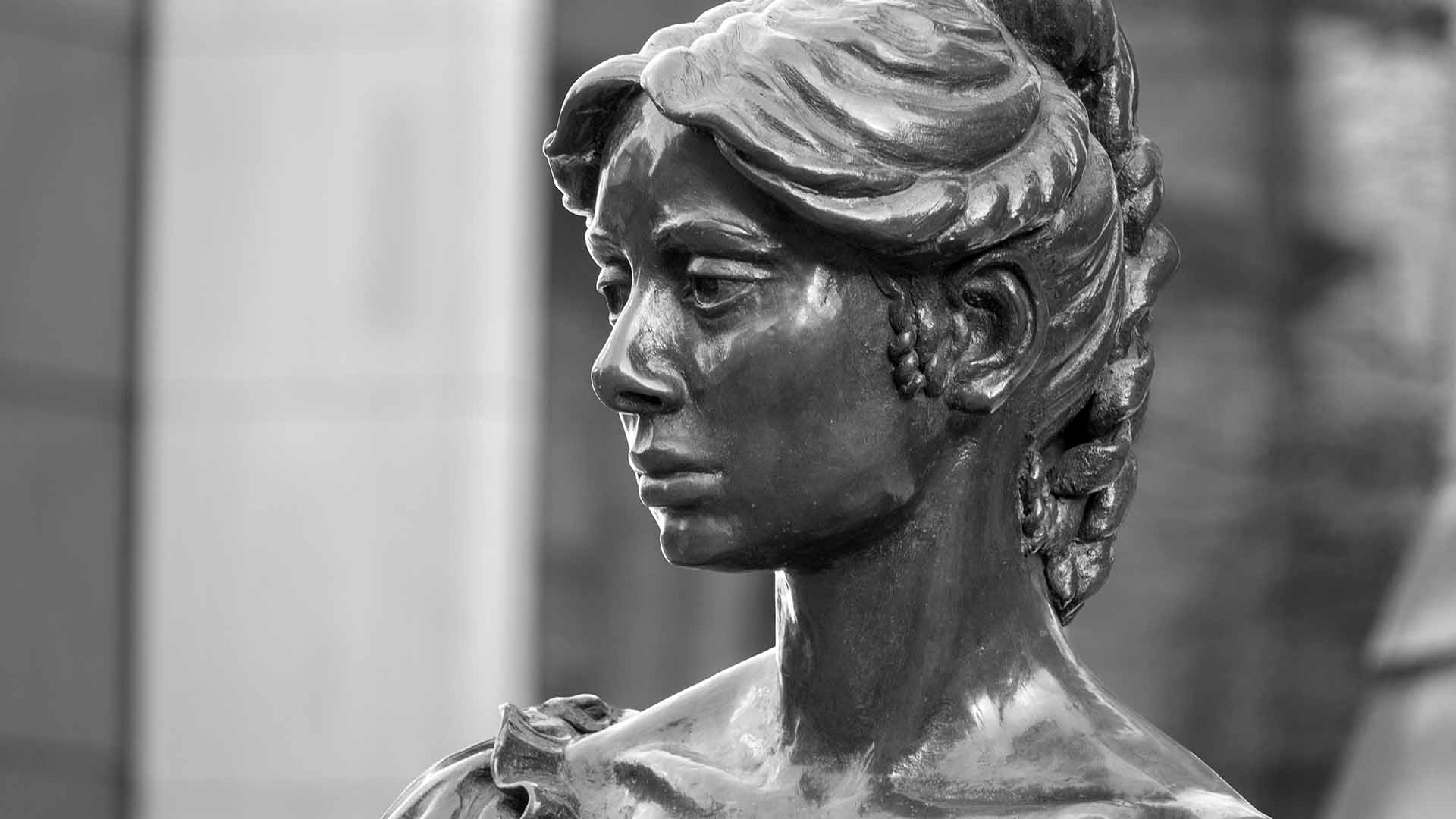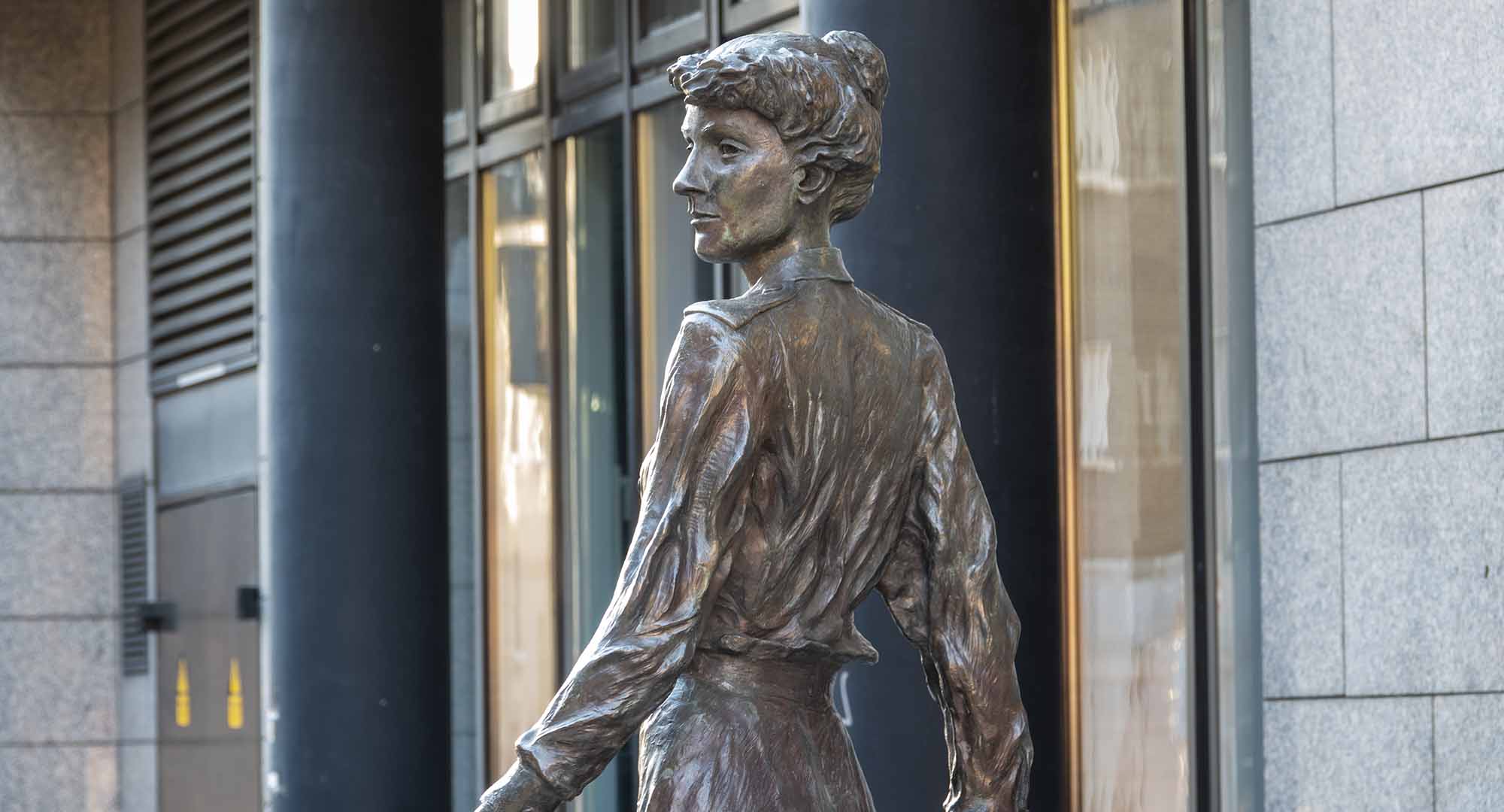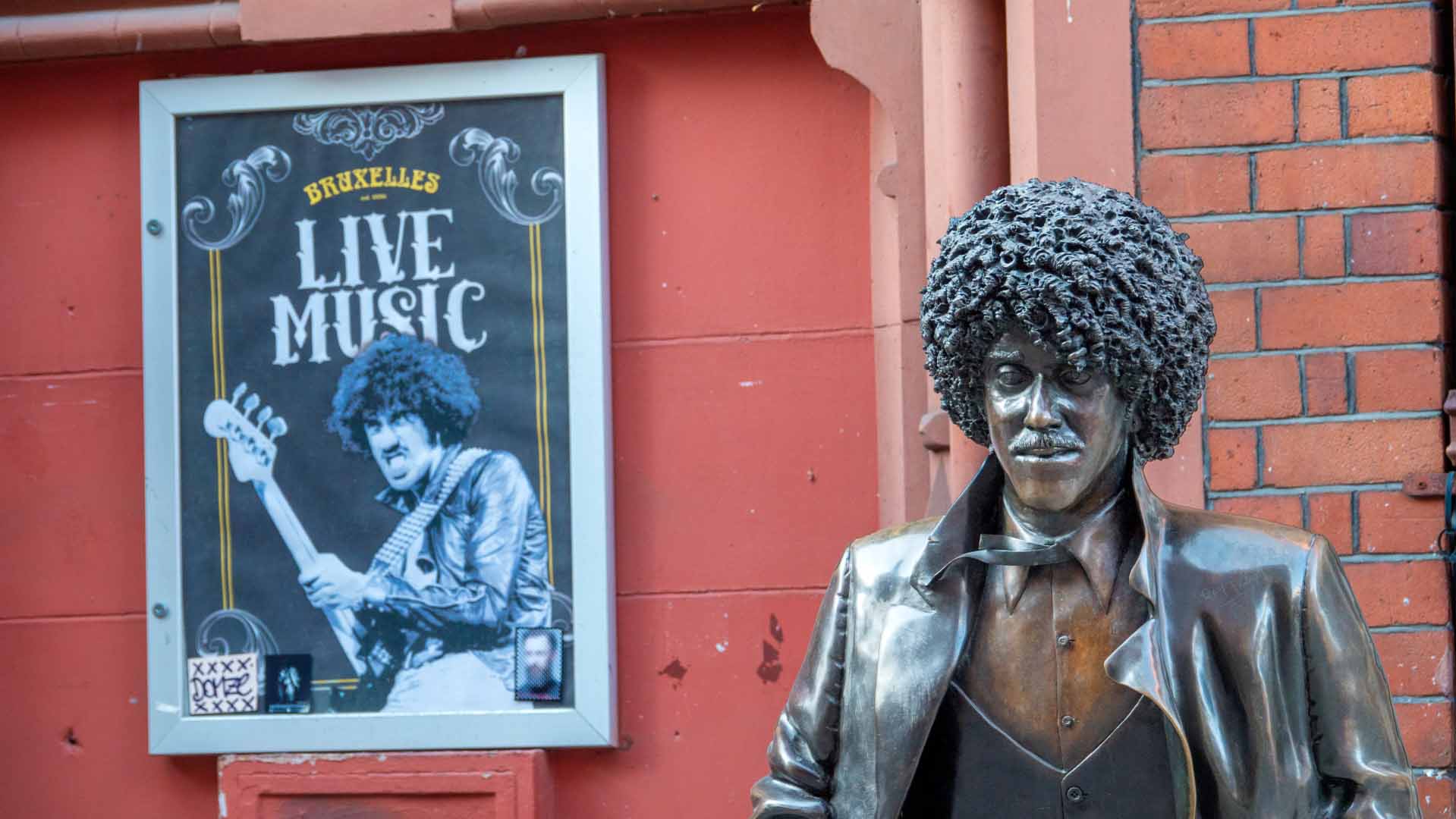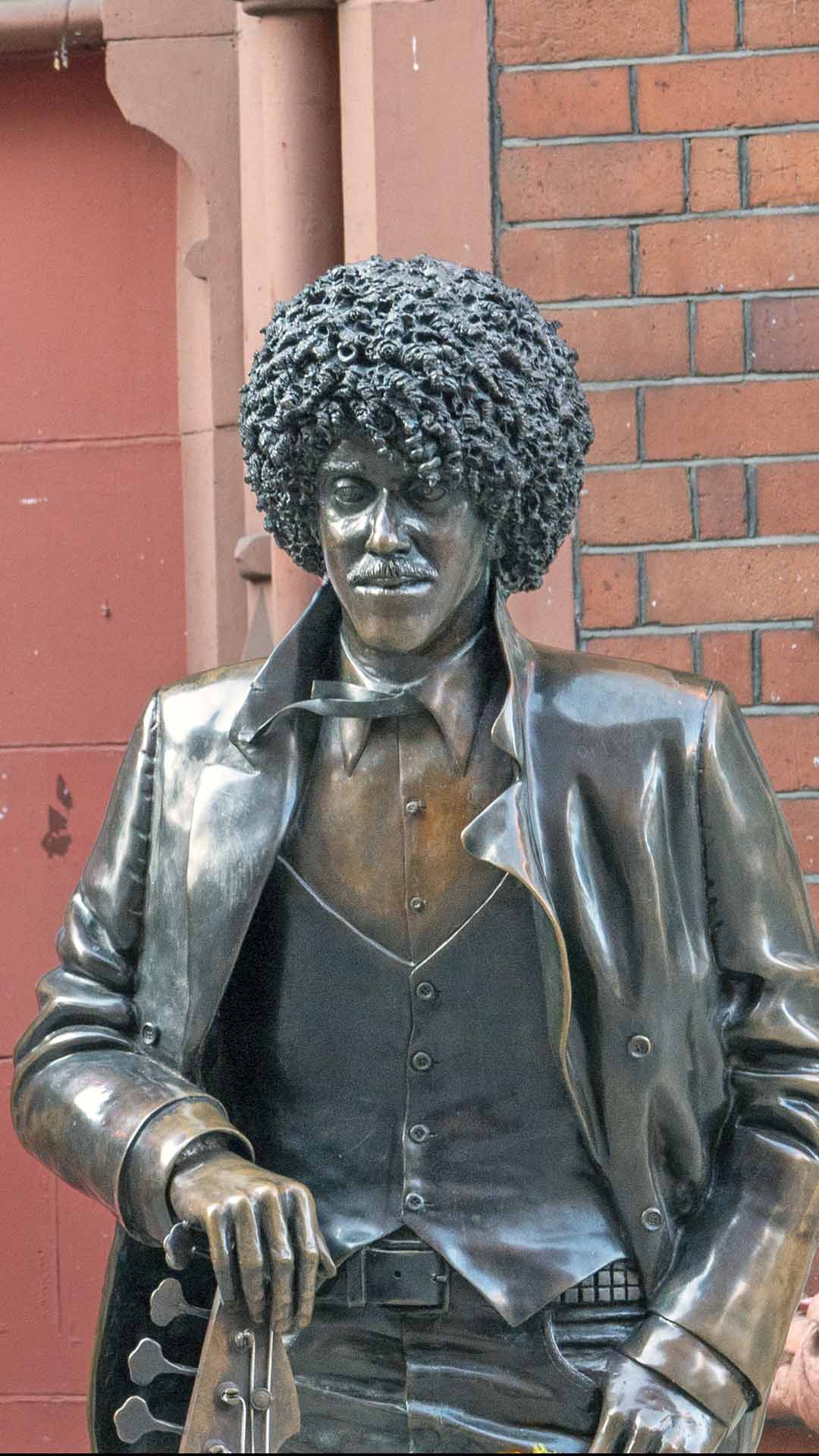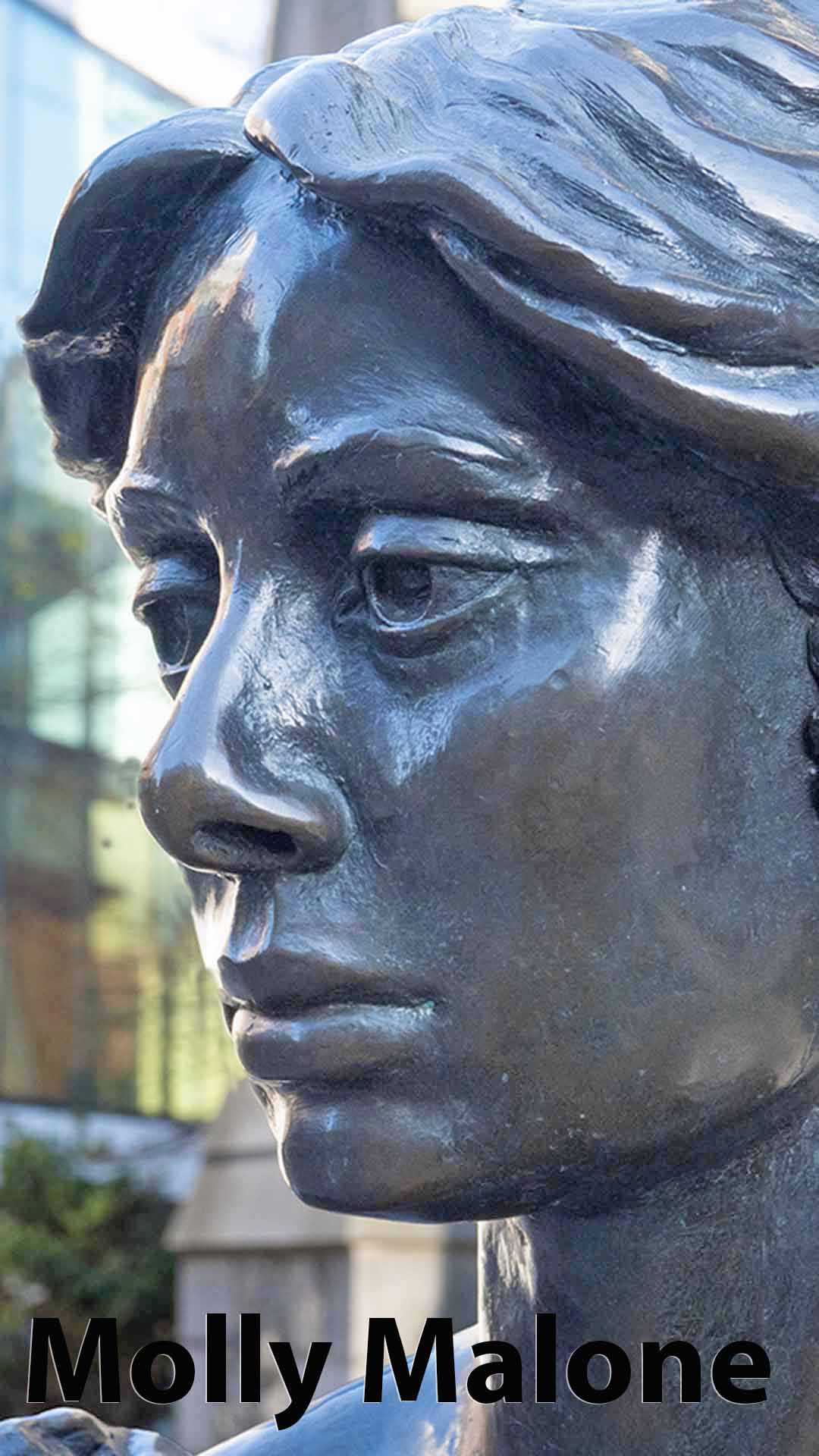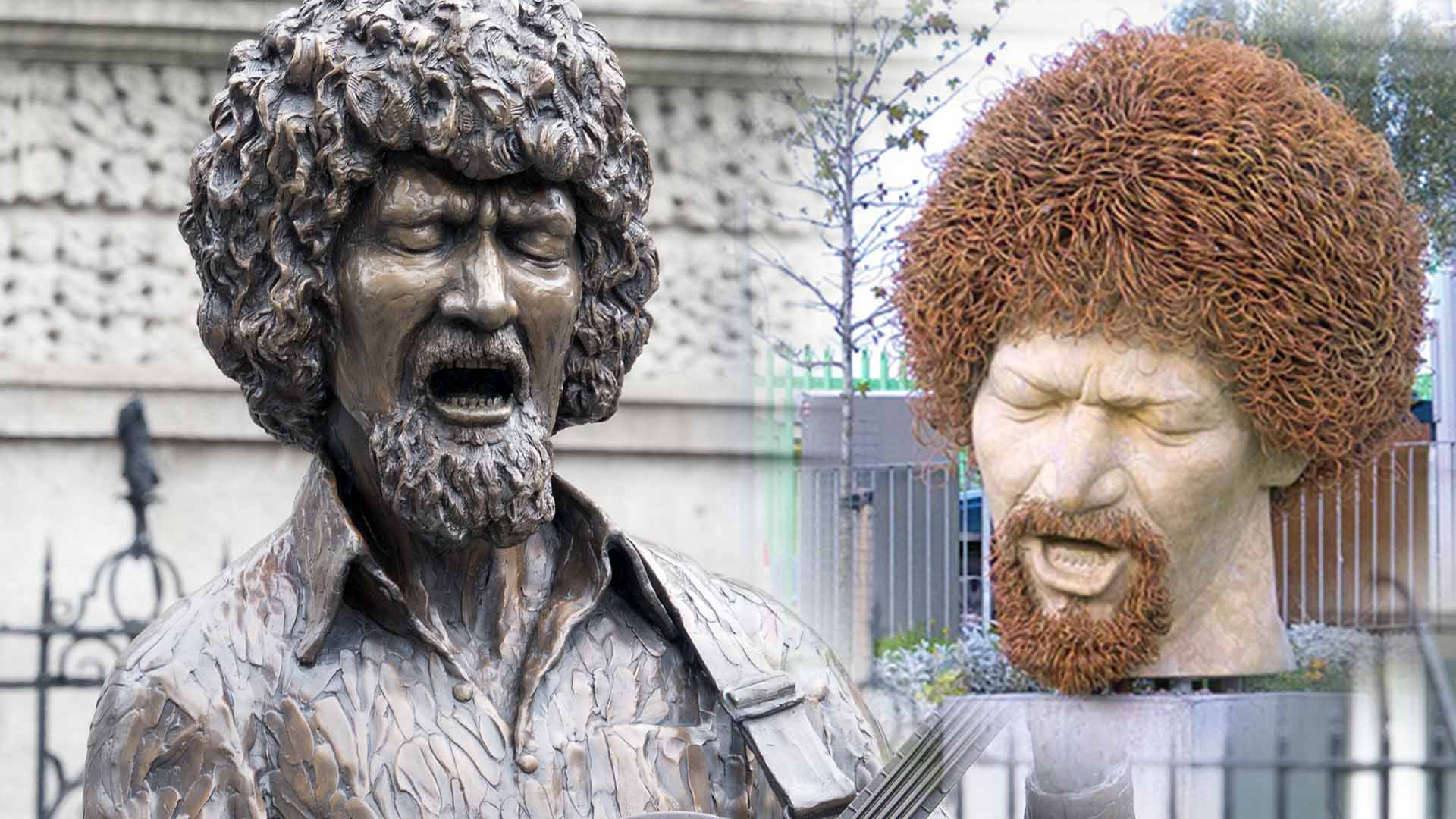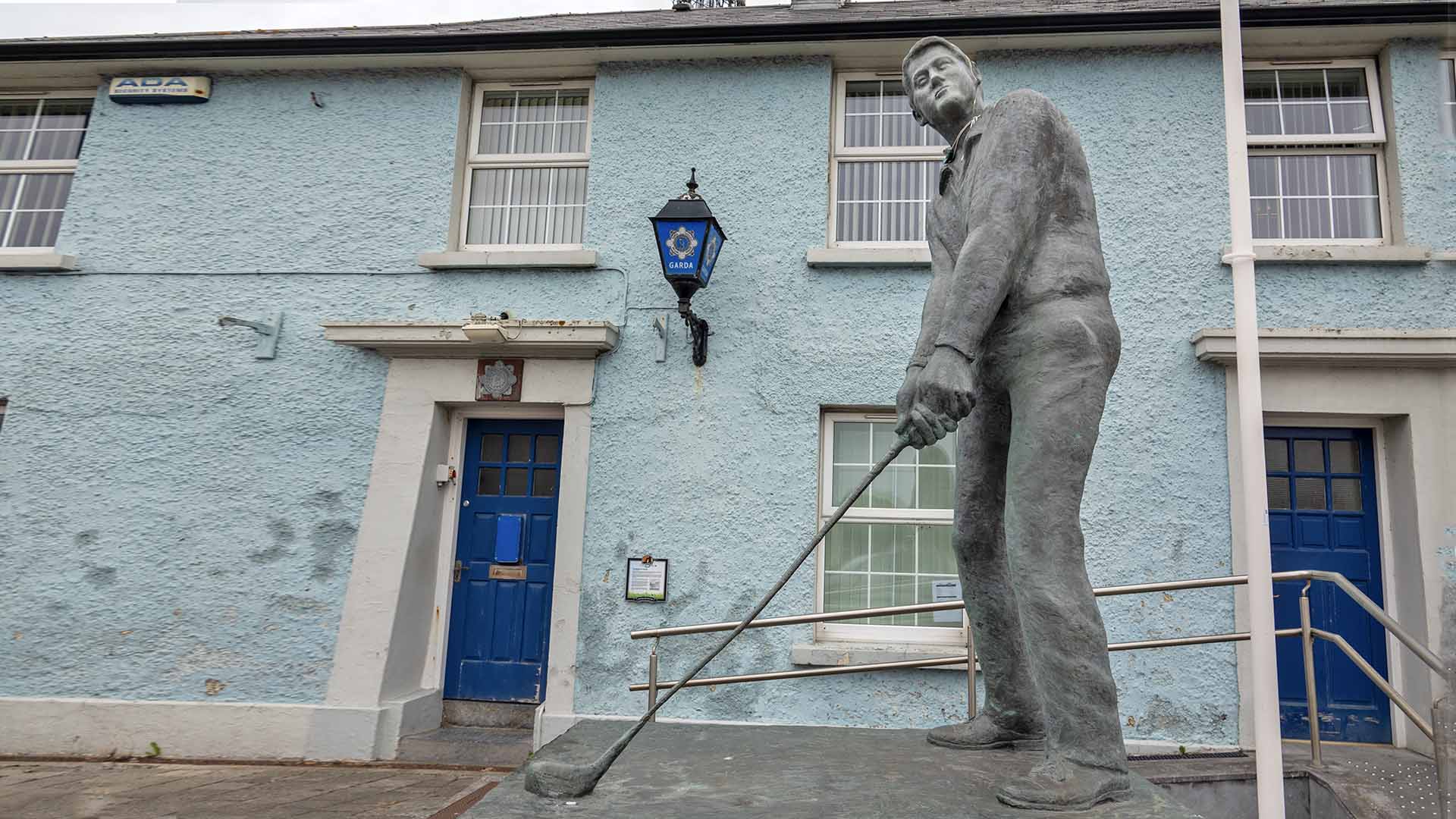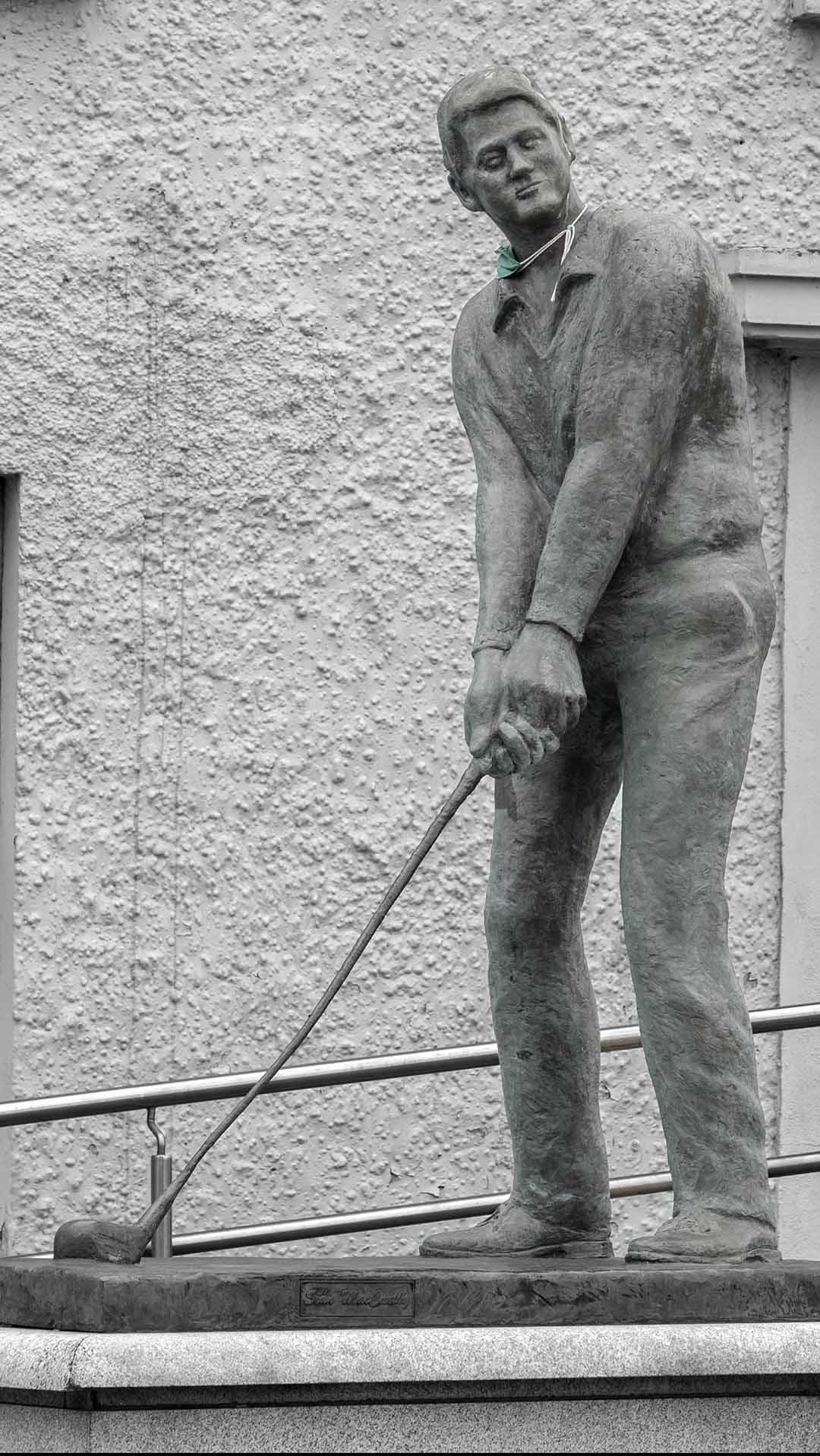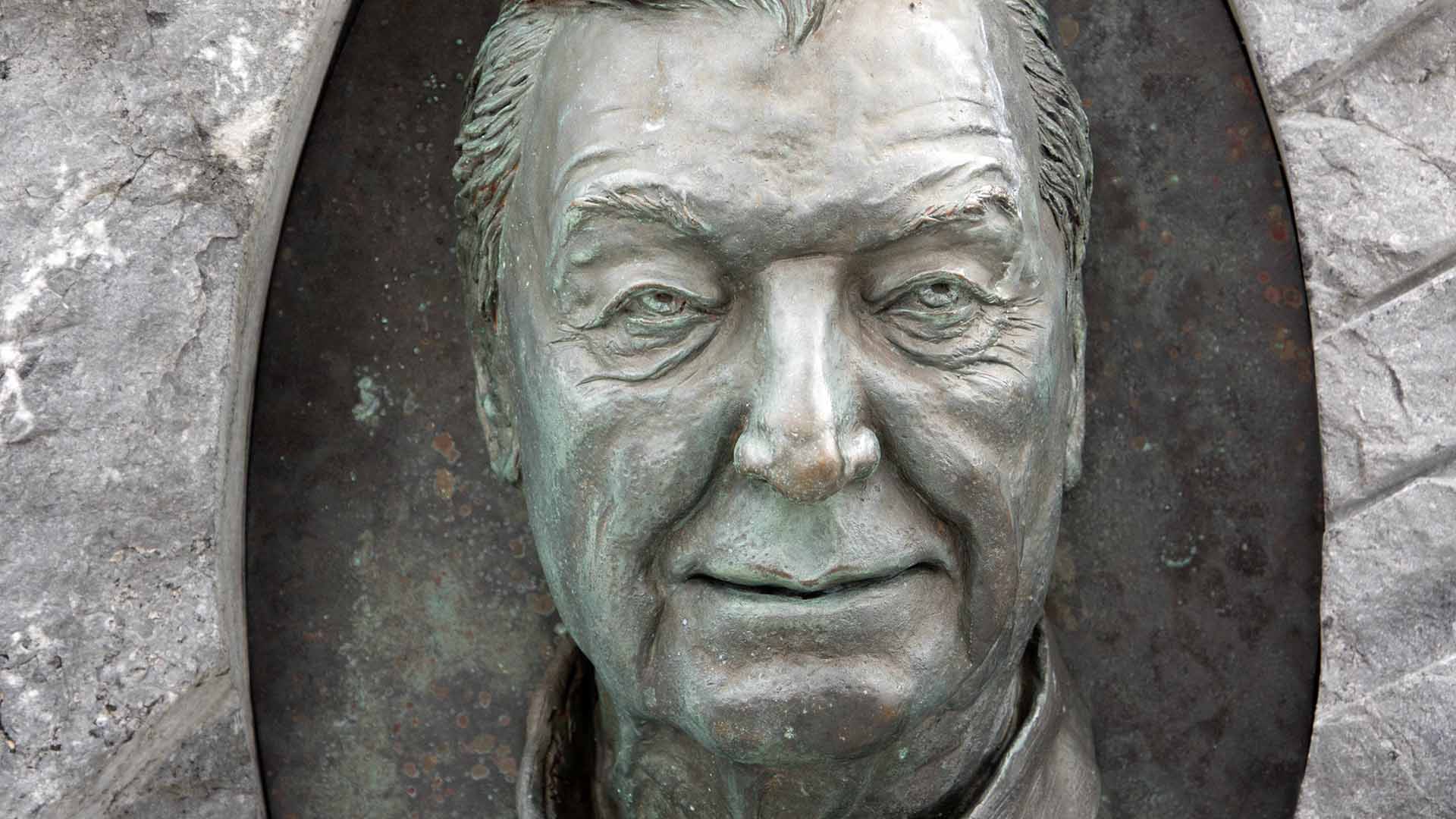Constance Markievicz Statue
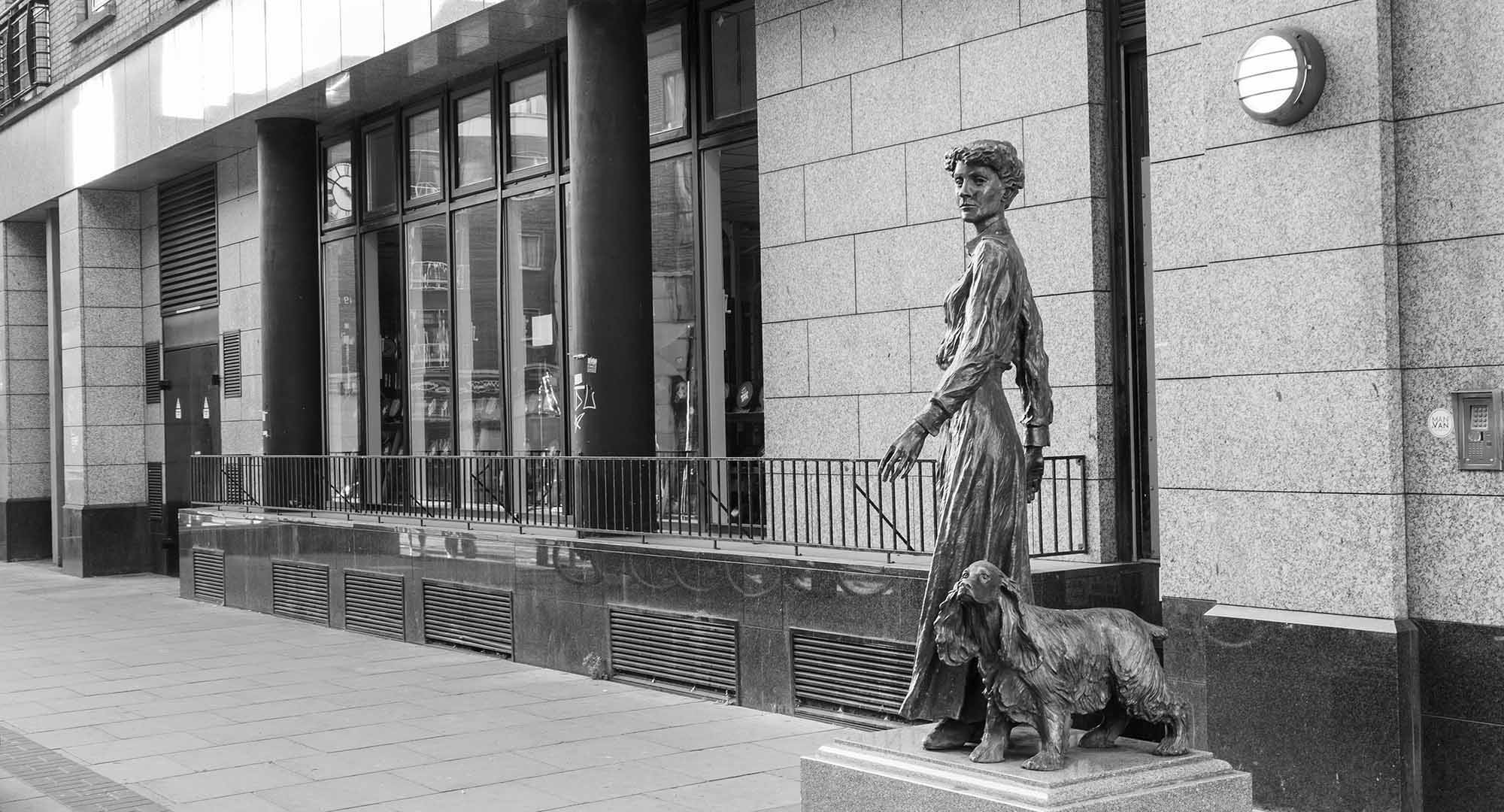
Ask Gemini
Constance Markievicz, born Constance Georgine Gore-Booth on February 4, 1868, was a remarkable figure in Irish history. Here’s what makes her notable:
Early Life and Influences: Born into a wealthy Anglo-Irish aristocratic family in London, she spent her childhood in Lissadell, County Sligo, Ireland. Despite her privileged background, her father’s philanthropic nature instilled in her a concern for the working class and the poor. Her early life was cultured; she pursued art studies in London and Paris, where she met her husband, Count Casimir Markievicz, a Polish artist.
Political Awakening and Nationalist Involvement: Her interest shifted from art to Irish politics after moving to Dublin in 1903. By 1908, she actively embraced Irish nationalism, joining Sinn Féin and Inghinidhe na hÉireann (Daughters of Ireland), a revolutionary women’s movement.
Key Achievements and Roles:
- Co-founder of Fianna Éireann (1909): A nationalist youth organisation training young boys in paramilitary activities.
- Involvement in the 1913 Dublin Lockout: She supported striking workers by organizing soup kitchens.
- Irish Citizen Army: She joined James Connolly’s socialist Irish Citizen Army and played a role in designing its uniform and composing its anthem. She rose to become an officer in the ICA.
- • • Easter Rising (1916): She actively participated in the rebellion against British rule, serving as second-in-command at St. Stephen’s Green. She was the only woman court-martialed after the Rising and was initially sentenced to death, a sentence later commuted to life imprisonment due to her gender.
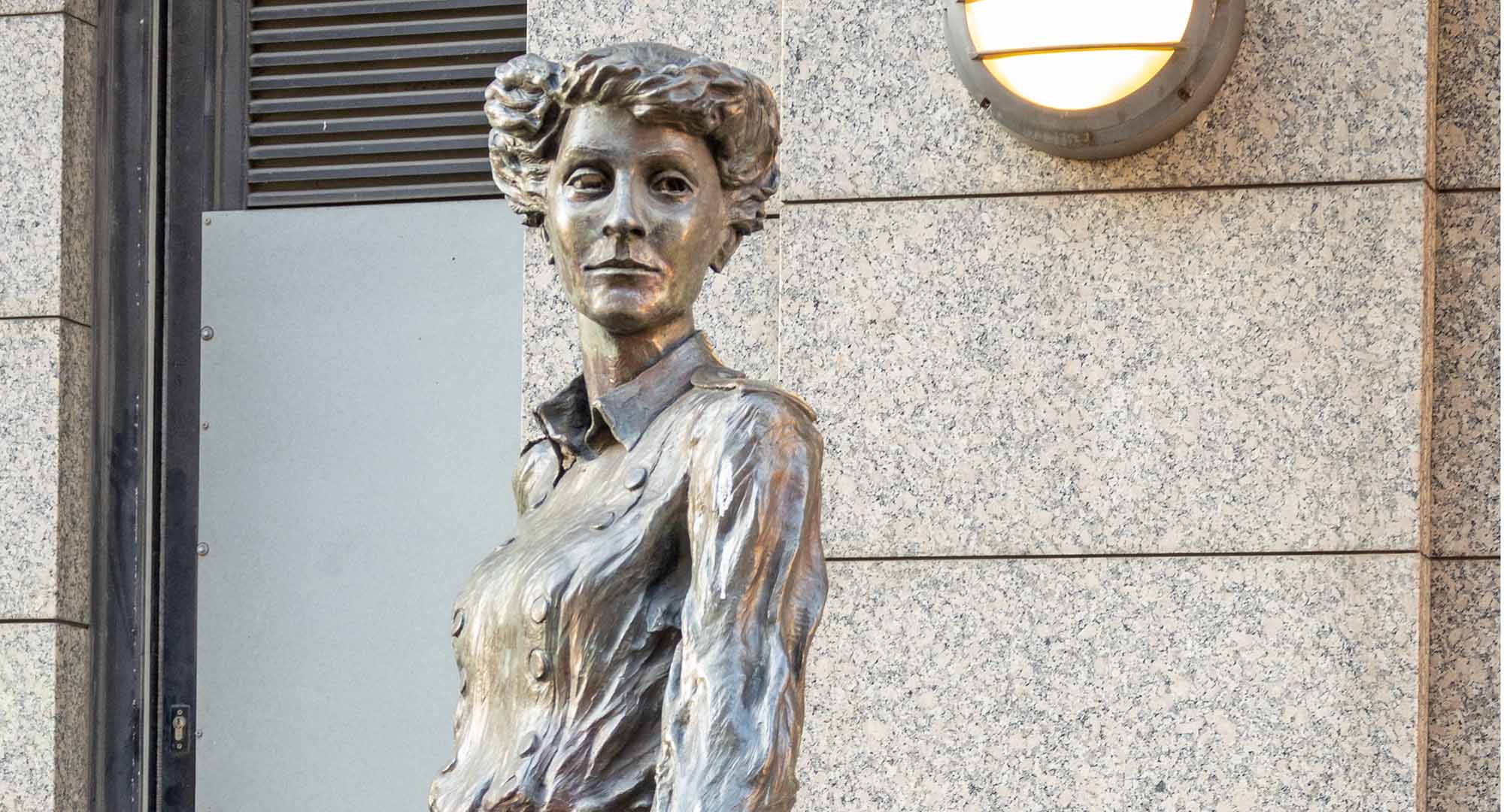
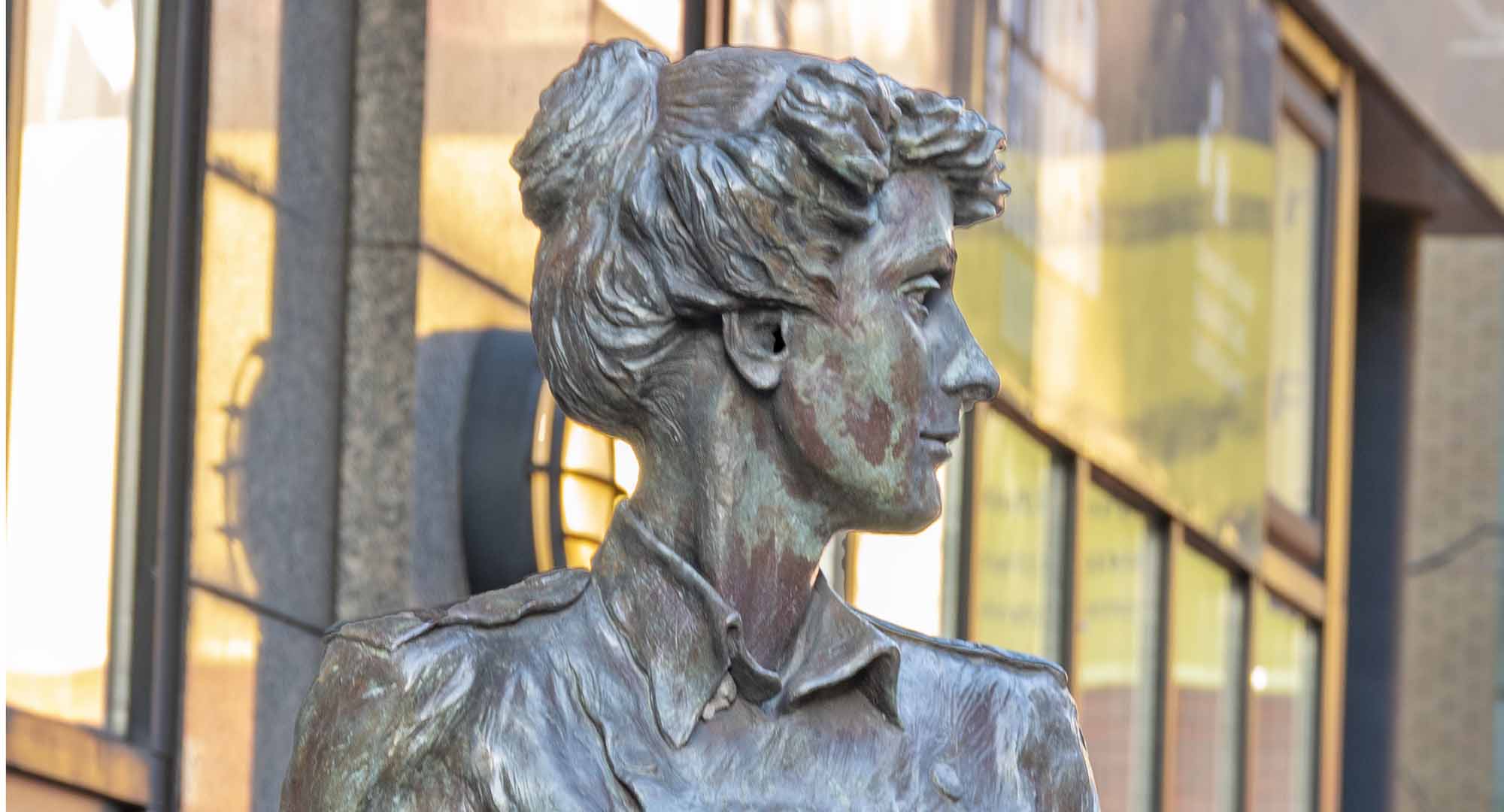
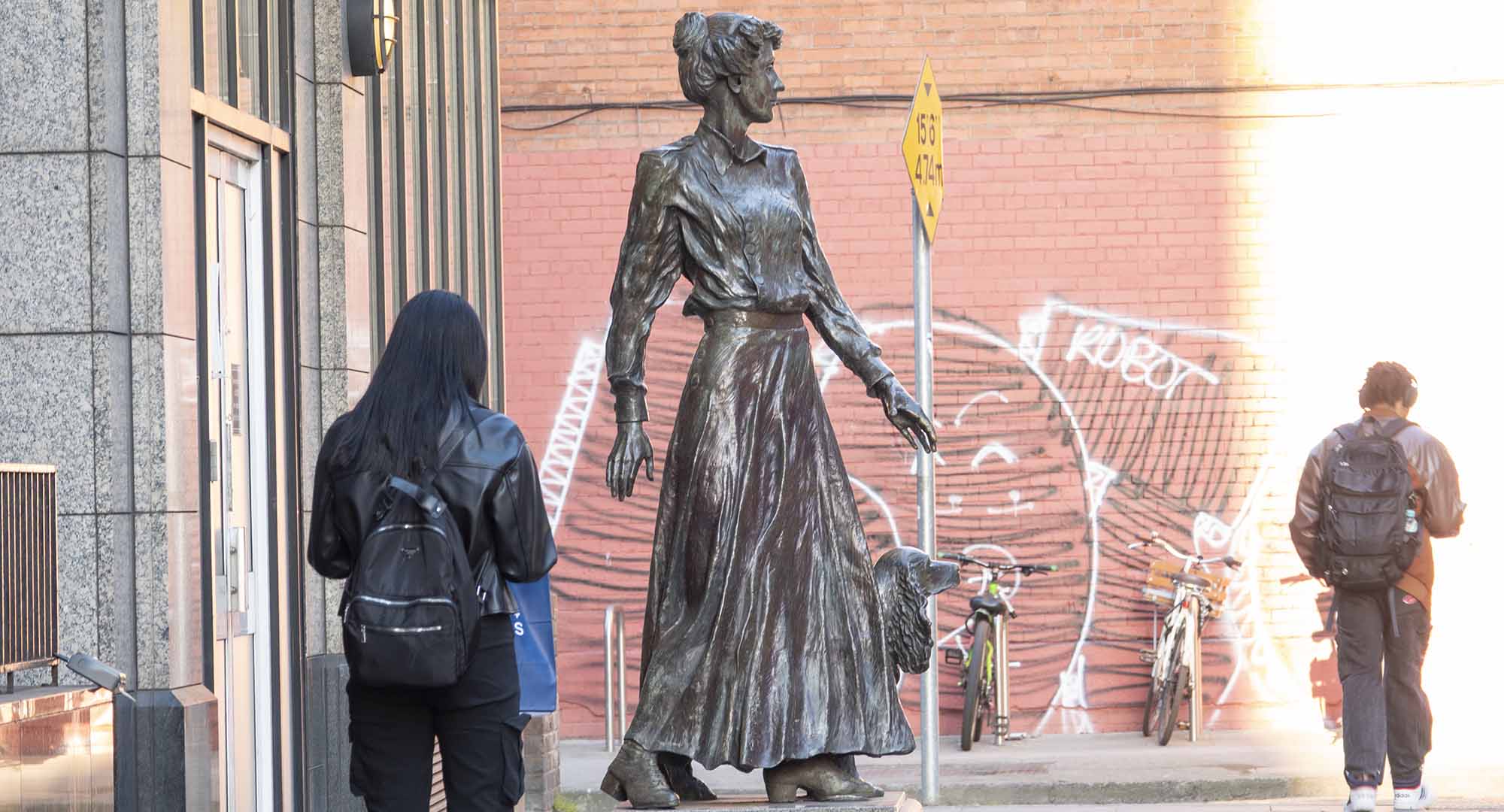
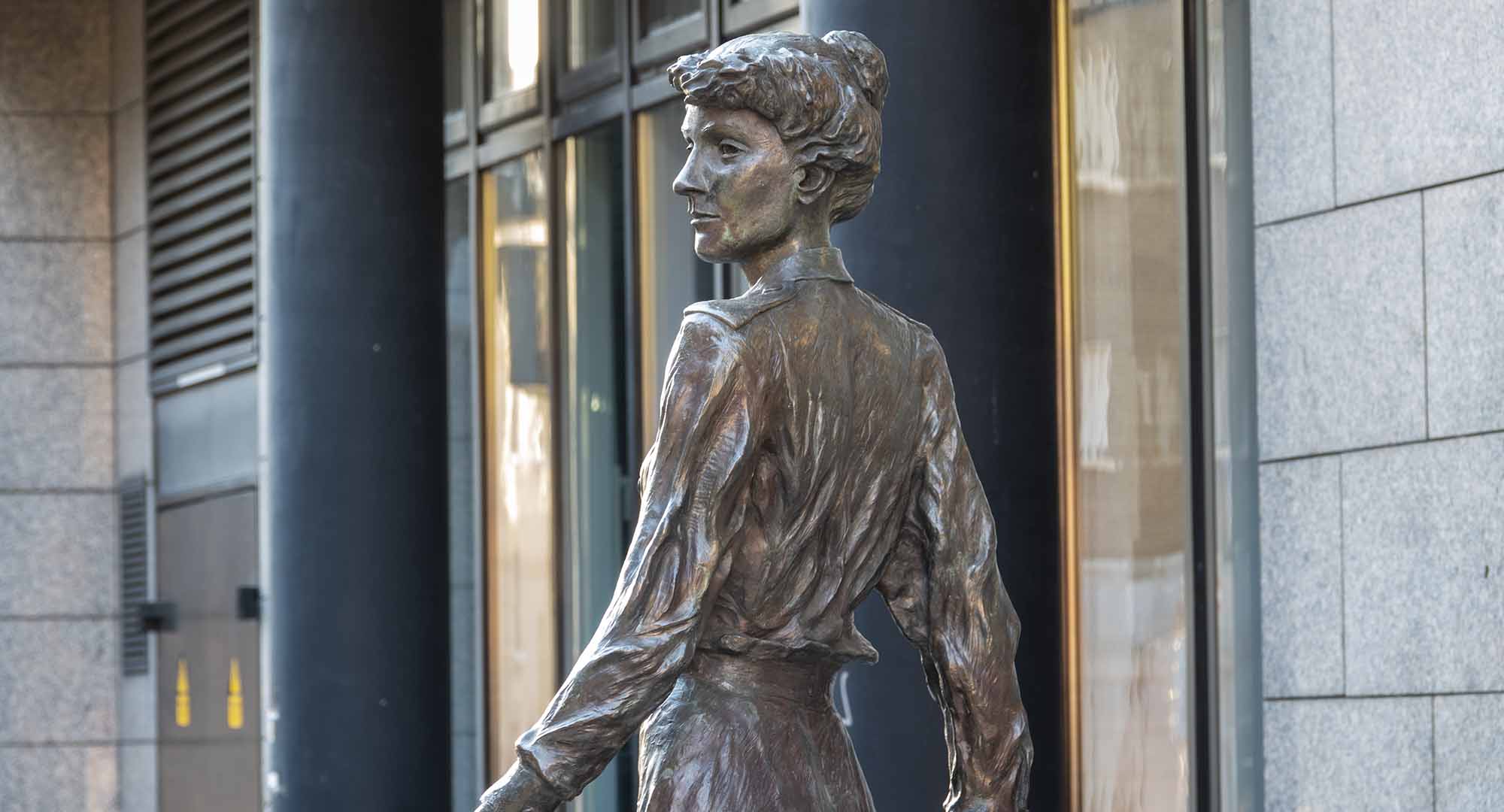
- First Woman Elected to the UK Parliament (1918): While imprisoned, she won a seat for Dublin St. Patrick’s but, in line with Sinn Féin policy, did not take her seat.
- Member of the First Dáil Éireann: She was a member of the first Irish parliament and served as Minister for Labour (1919-1922), becoming one of the first female cabinet ministers in Europe.
- Anti-Treaty Advocate: She opposed the Anglo-Irish Treaty and sided with the anti-Treaty forces during the Irish Civil War.
- • Founding Member of Fianna Fáil (1926): She joined Éamon de Valera in forming the new political party.
Constance Markievicz Statue
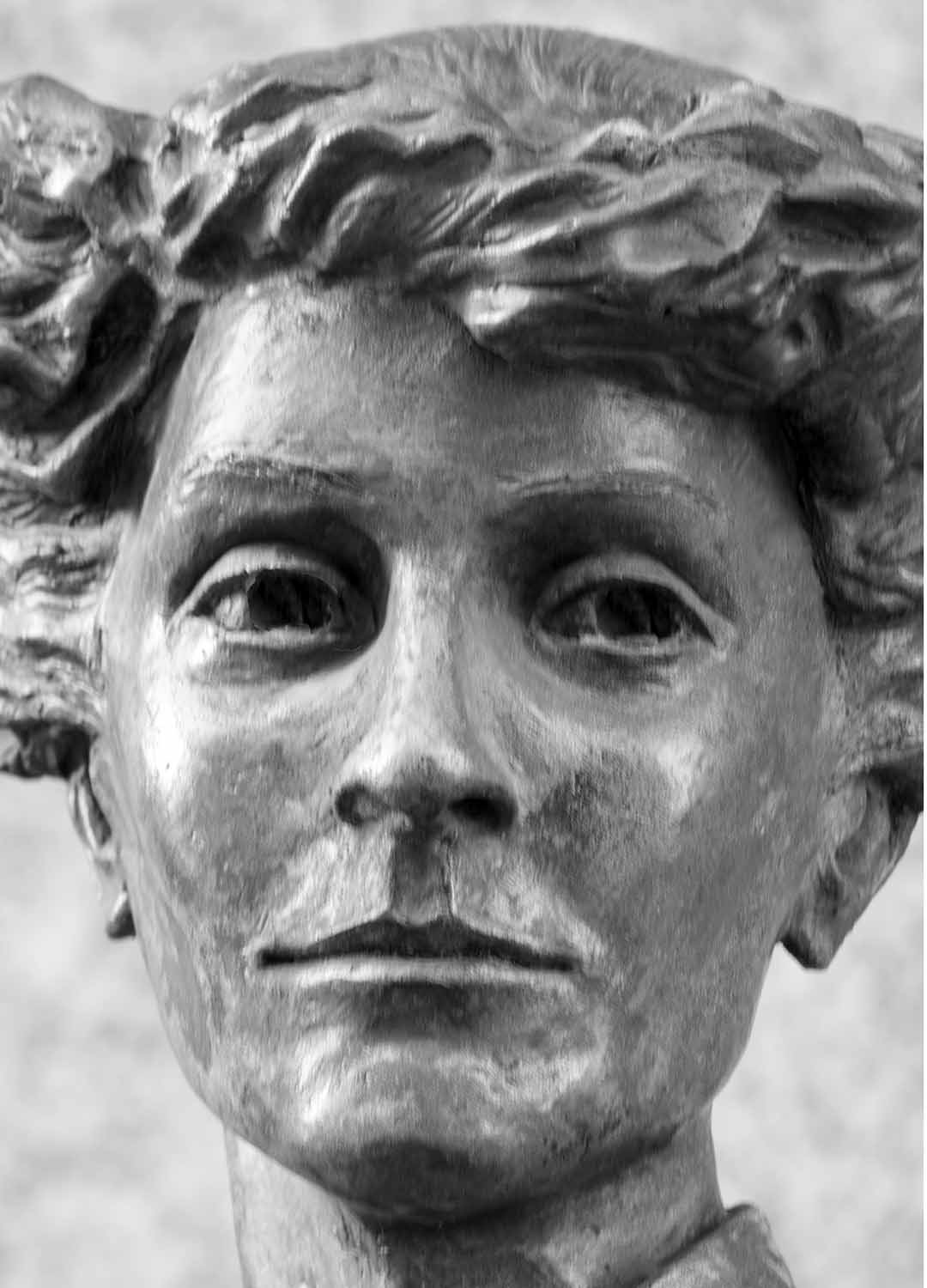
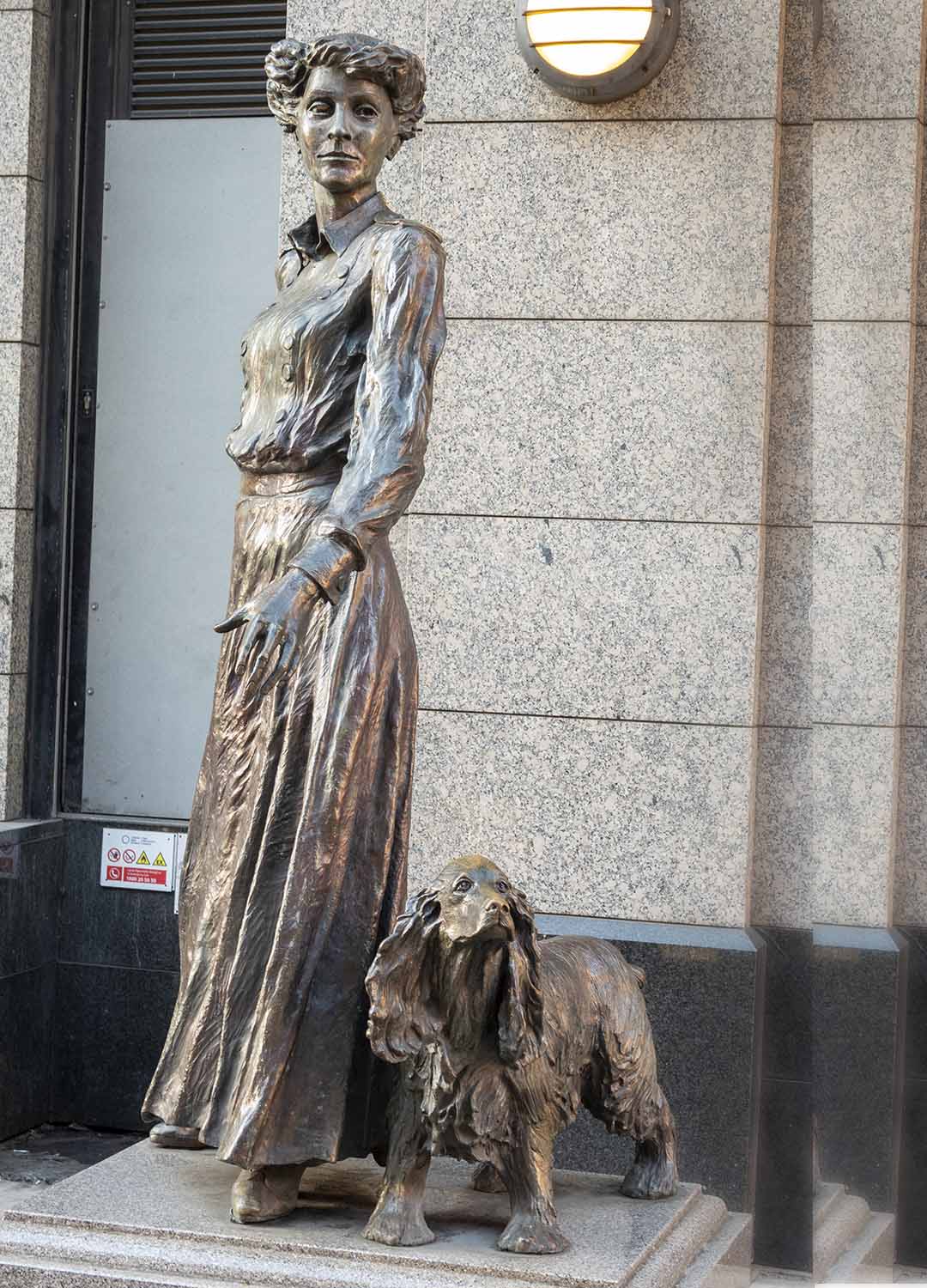
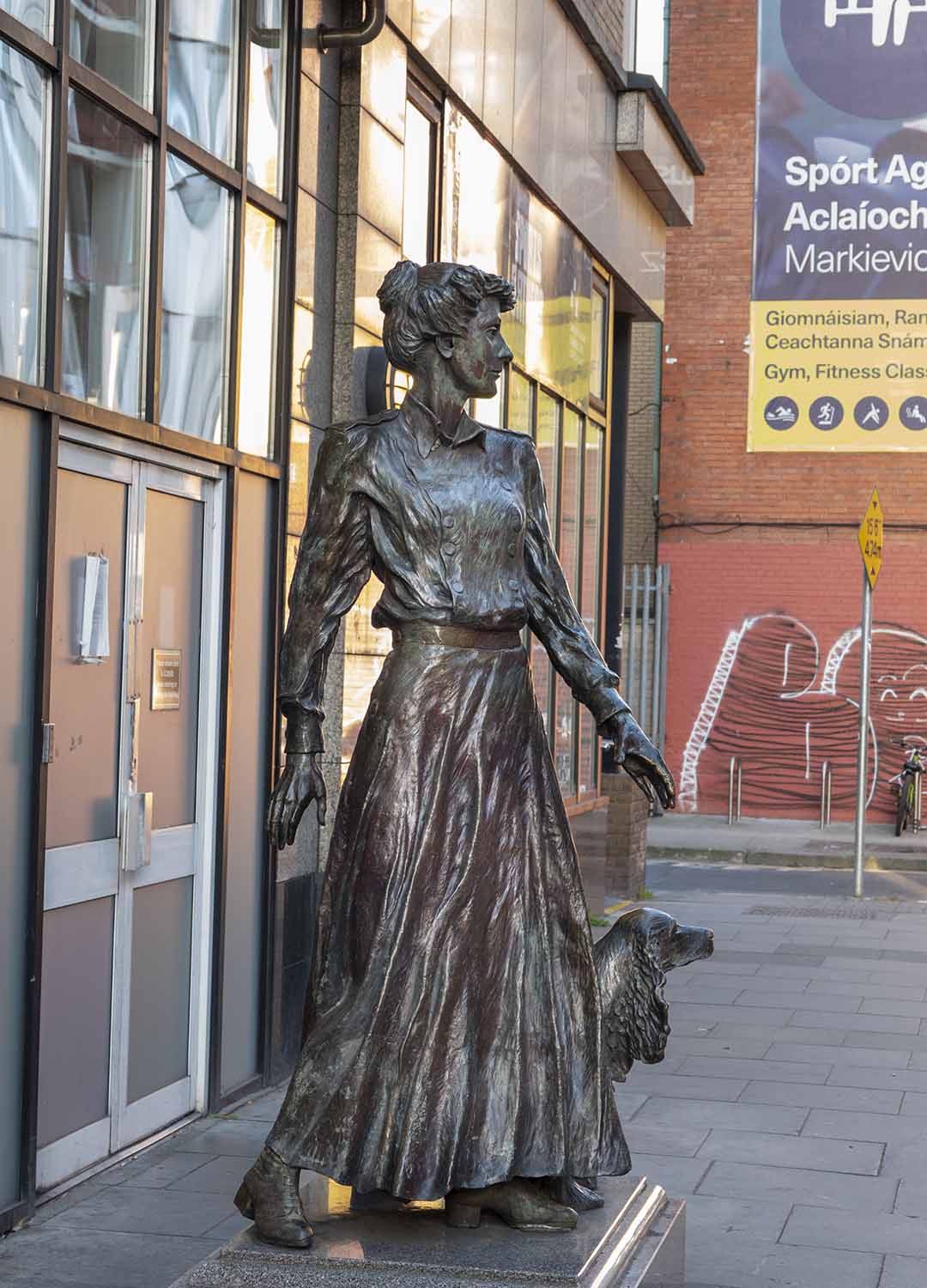
Constance Markievicz Statue
Constance Georgine Markievicz
Ask Gemini
first woman elected to the Parliament of the United Kingdom.
Dublin St Patrick’s from 1918 to 1922.
Constance Markievicz, born Constance Georgine Gore-Booth on February 4, 1868, was a remarkable figure in Irish history. Here’s what makes her notable:
Early Life and Influences: Born into a wealthy Anglo-Irish aristocratic family in London, she spent her childhood in Lissadell, County Sligo, Ireland. Despite her privileged background, her father’s philanthropic nature instilled in her a concern for the working class and the poor. Her early life was cultured; she pursued art studies in London and Paris, where she met her husband, Count Casimir Markievicz, a Polish artist.

Political Awakening and Nationalist Involvement: Her interest shifted from art to Irish politics after moving to Dublin in 1903. By 1908, she actively embraced Irish nationalism, joining Sinn Féin and Inghinidhe na hÉireann (Daughters of Ireland), a revolutionary women’s movement.
Key Achievements and Roles:
- Co-founder of Fianna Éireann (1909): A nationalist youth organization training young boys in paramilitary activities.
- Involvement in the 1913 Dublin Lockout: She supported striking workers by organizing soup kitchens.
- Irish Citizen Army: She joined James Connolly’s socialist Irish Citizen Army and played a role in designing its uniform and composing its anthem. She rose to become an officer in the ICA.
• • Easter Rising (1916): She actively participated in the rebellion against British rule, serving as second-in-command at St. Stephen’s Green. She was the only woman court-martialed after the Rising and was initially sentenced to death, a sentence later commuted to life imprisonment due to her gender.



- First Woman Elected to the UK Parliament (1918): While imprisoned, she won a seat for Dublin St. Patrick’s but, in line with Sinn Féin policy, did not take her seat.
- Member of the First Dáil Éireann: She was a member of the first Irish parliament and served as Minister for Labour (1919-1922), becoming one of the first female cabinet ministers in Europe.
- Anti-Treaty Advocate: She opposed the Anglo-Irish Treaty and sided with the anti-Treaty forces during the Irish Civil War.
- Founding Member of Fianna Fáil (1926): She joined Éamon de Valera in forming the new political party.
- Continued Political Activity: She was re-elected to the Dáil in 1923 and again in 1927, though her health was failing.
Political Views: Markievicz was a staunch Irish nationalist, republican, socialist, and suffragist. She believed in complete Irish independence and advocated for the rights of women and the working class. Her political ideology was influenced by James Connolly, and she sought a just and equitable society.
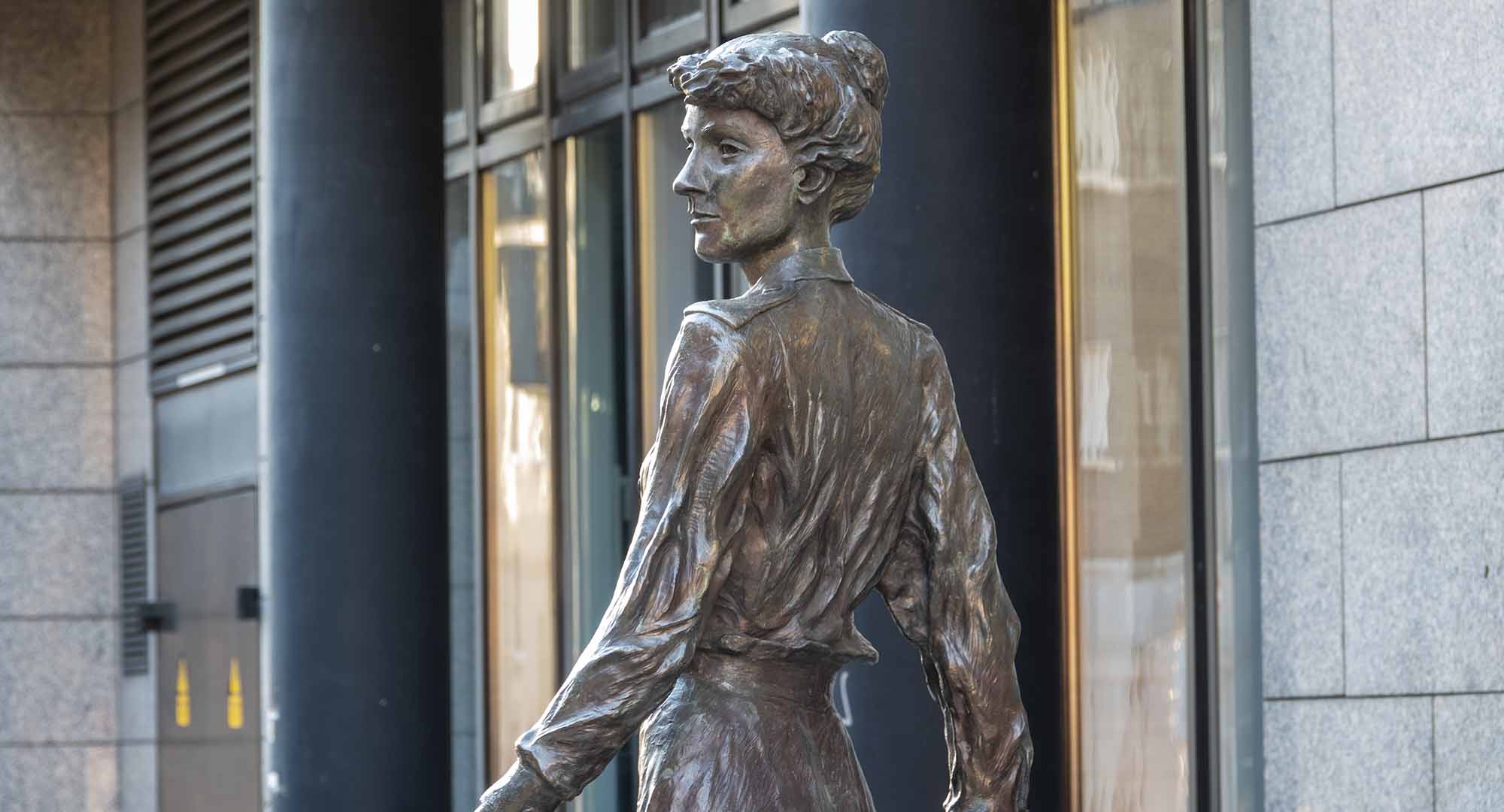
Legacy: Constance Markievicz died on July 15, 1927. She is remembered as a courageous revolutionary, a pioneer for women in politics, and a dedicated advocate for Irish independence and social justice. Her unwavering commitment to her ideals and her active participation in key historical events have made her an enduring figure in Irish history.
There are several statues and memorials dedicated to Constance Markievicz, primarily located in Dublin:
1. Constance Markievicz and Poppet Statue (Townsend Street, Dublin):
This life-size bronze statue by Elizabeth McLaughlin was unveiled in 1998.
It depicts Markievicz in an informal pose with her cocker spaniel, Poppet, by her side.
The statue is located outside the Markievicz Leisure Centre (also known as Sport & Fitness Markievicz).


Molly
